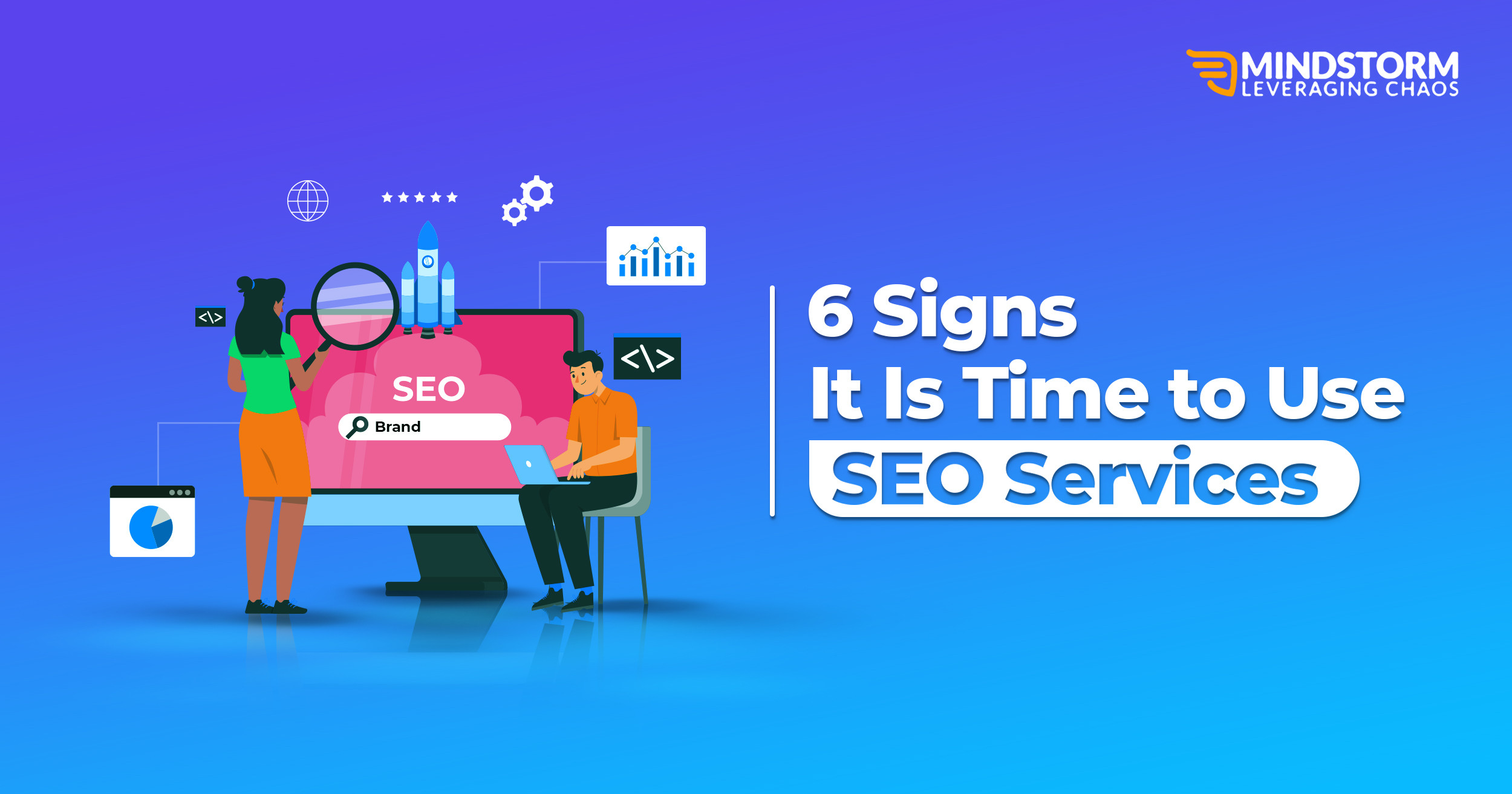This decade has transformed the way people do business because of the rapidly changing technology. The number of businesses grew due to increasing internet and smartphone penetration leading to a large digital market to target. With this thrift comes a challenge, to not only understand the needs of this huge target market, but to target them individually in an optimum way to help grow your business.
The key to identify these different needs comes from a careful analysis of how your e-commerce business is growing and understand why. What are the strengths of your e-commerce business-what makes it powerful? What are your weaknesses- Any room for improvement? After answering these questions, the next step is to set an ideal KPI, key performance indicators, and keep a track of these metrics to help you analyse your business’ current state of affairs. This will help you get a better idea of where you stand based on your goals and to plan your spending for both, time and money.So, if you are running an ecommerce business, here’s want you need to keep a track of:
1) Traffic KPIs
Website Traffic is one of the most important aspects you need to track and analyse. Not only to monitor the number of customers visiting your e-commerce website but also to determine the effect of your campaign on the website traffic. For example: Flipkart launched their #GiftABookWithFlipkart campaign which was a huge success in increasing their website traffic. It garnered over 1K mentions on various social media sites, prompting the customers to view Flipkart’s website, thereby increasing the traffic.
PC: Computer vs Mobile Traffic
Time On Site is the most crucial factor to determine the engagement capacity of your website. Even if there is a high traffic, the success of your website will be determined perfectly by the average time spent by the customers. If the time on site number is low, the website might not be engaging enough for the customers or the customers did not find it relevant enough to continue their search further. This might be a problem and you will need to dig ways to modify your user interface.
Bounce Rate tells you the number of customers who left without interacting further with your website. Average bounce rate for B2B businesses is higher than B2C businesses. Measuring bounce rate site wide can be too shallow to derive meaning and therefore you need to segment your customers and then measure bounce rate for each of the segment separately. So now you know who left and probably why
New vs Returning Customers KPI can help you figure out whether most of the customers are new or returning. Returning customers are important to identify as they are your loyal customers who visit your website frequently and help in word-of-mouth marketing to increase the website traffic. You might make a mistake to focus on new customers rather than sustaining the loyal customers. This KPI will help you determine how much you spend on getting new customers and whether it is profitable.
2) Sales KPIs
Total Sales helps measure the success of your e-commerce business. It not only measures the total sales over a specific time period, but you can also track it depending upon your requirement. This KPI will also be useful to forecast sales depending upon the past records pertaining to a specific time period. Amazon, during “Big Billion Day” sales period used the previous KPI to determine the inventory levels to stock before the sale went live.
Number of Sales helps to get a better idea about the success of your e-commerce business. Increasing the number of sales would obviously mean your efforts have paid enough. However, decreasing the number of sales would require you to dig deeper into your business and finding out the reasons for the same. Number of sales can be calculated either annually, quarterly, monthly or even hourly. Gear up and track your sales in the best way possible!
Conversion Rate is the most significant measure of all KPIs as it determines the ability of your business to convert visitors into customers. Lower conversion rate will signify that your website is lacking something important.
Product Affinity helps in the cross-promotion of the products which are purchased together. This KPI can help in up-selling of your products. This is like what happens in retail stores where items such as notebooks and pens are kept together. This increases sales and impacts positively on customer convenience. Similarly, on your e-tail platform, you can suggest items that are frequently bought together which prompts your customer to buy more.
Inventory Levels are crucial to keep track of and analyze to ensure that the product is available with you when the customers ask for it. Inventory-related metrics like Re-order level, Economic-ordering-quantity, etc, would be beneficial here. This helps in increasing the customer retention rate as they don’t leave your business due to the unavailability of the product and you automatically are in the good books of your customer!
Cart Abandonment Rate determines the number of customers who discontinue their shopping process and do not proceed to checkout. This behavior can be a result of natural browsing patterns or there is some issue which you need to address. Generally, a normal cart abandonment rate varies between 60-80% with an average of 67.91%.
Churn Rate will tell you the rate at which the customers are leaving your business. Higher churn rate will indicate a poor customer retention strategy and thus you need to strategize for the same.
3) Profit/Loss KPI
Return on Ad Spend (ROAS) signifies how successful your marketing campaign has been. It is the easiest measuring revenue-based metrics. It is calculated by dividing the total marketing revenue by the total marketing costs. ROAS can be used to evaluate a specific ad campaign, an ad group or a keyword too.
Cost per Acquisition (CPA) indicates how much are you spending to acquire new customers. It directly determines the impact on marketing campaigns by the revenues. If this rate is higher than CLV then you are in for losses.
Customer Lifetime Value (CLV) will let you know which are your most valuable customers. It determines the sum of the purchases by customers over their lifetime with your business. So, your revenue is dependent directly upon your customers.
Market Share tells you how much you can grow in your market along with identifying your competitors. Whether you are a market leader or a follower or a nicher will determine your next steps of strategies.
PC: Boost your e-commerce business
Now that you know what is to be tracked, you should also know which KPIs suit your business best. Only after that is done, you will be able to set proper benchmarks and analyse your performance. Set proper benchmarks for the long run, track how you are performing now and check which areas need improvement.So, you need to monitor these KPIs closely in order to take your e-tail business ahead. By thinking ahead of time, you can ensure you are on the right path of your business and never miss a beat. Get ready to Work, Measure, Adjust, Repeat!
Mindstorm, a ‘Hybrid’ Digital Marketing Agency in Mumbai delivers exactly that. Our team has expertise in boosting the social media presence of the brand and building the right kind of buzz in the target audience. Also, lead generation, and test drive promotions before pumping more money on advertising. Through all these services, Mindstorm empowers brands with real-time and personified creative communications to effectively target social media marketing goals. Also, make the brand reach new heights. We are a great performance marketer.




